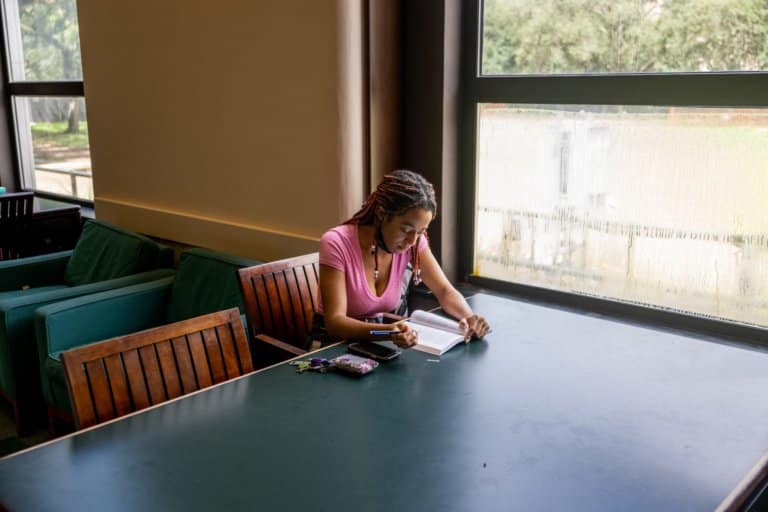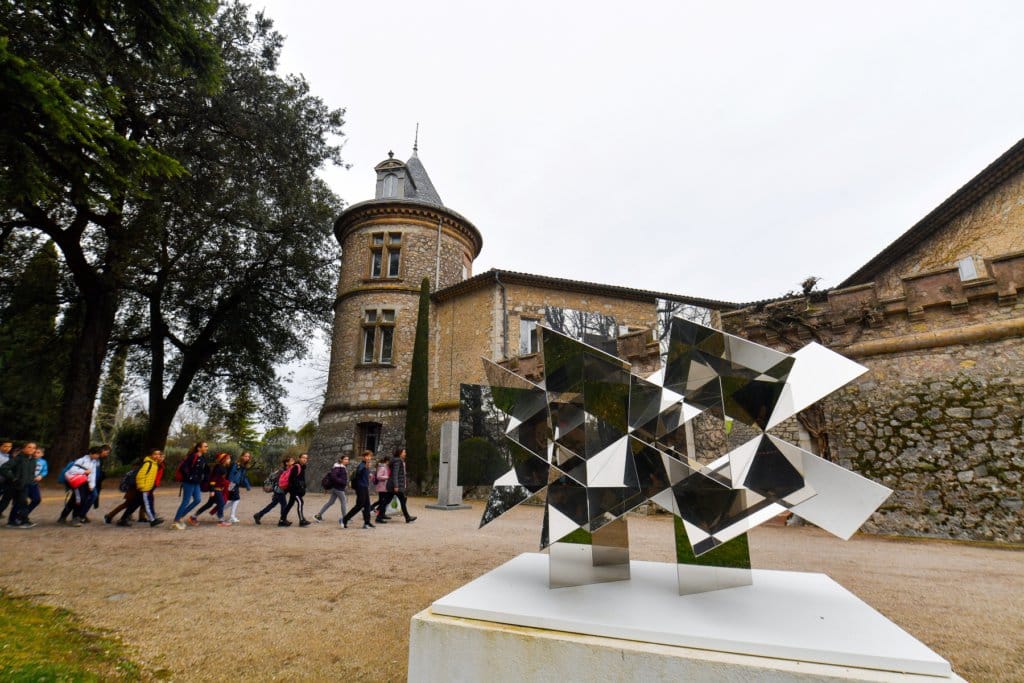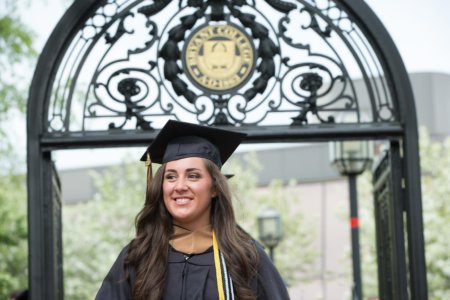
“It is critical in a technological civilisation that the humanities be protected if society is going to retain its soul. I do not want to be living in a country where my leaders are educated wholly in technology or business. If they were, they would lack certain qualities necessary in a democracy,” wrote Leland Miles, then president of the University of Bridgeport.
He said this in 1983 for the printed edition of The New York Times, where he fought for the humanisation of technology out of love for the liberal arts. In 2022, his message is more pertinent than ever.
The dissolution of interest in humanities majors began after the Second World War. This was when the disciplines of science, technology, engineering and mathematics (STEM), as well as business were seen as more “pragmatic” and empirical than the traditional, all-purpose liberal arts education.
Today, the trend appears to be peaking. More colleges are doing away with the liberal arts. We’re seeing entire language departments shutting down, staff cuts across the humanities and shrinking enrolments in English, history and philosophy classes. Institutions and students are buying into or succumbing to the perception that a humanities degree does not lead to a well-paid job.

Antoni Porowski speaks with LGBTQ student leaders In NYC at the Humanities Preparatory Academy. Source: Jamie McCarthy/Getty Images North America/Getty Images via AFP
Why ‘worthless’ liberal arts degrees set graduates up for life
Yet, the world still needs liberal arts graduates — and in a world grappling with the Fourth Industrial Revolution and a climate crisis, perhaps more than ever. Companies are seeing their worth too. The proof is in the numbers — the American Academy of Arts and Sciences reported that 15% of humanities graduates go on to hold management positions.
The reason behind this? Soft skills. If hard skills are the technical know-how to perform a job, the soft skills are everything else. Better described as “essential skills,” this includes competencies such as communication, observation, empathy, logical thinking and many, many more.
Unlike the humanities, few other disciplines nurture soft skills as much the arts and humanities. Heavy on reading, writing, speaking, and critical thinking — whether that’s through seminar-style debates, roundtable discussions, writing essays, or analysing literature — they ensure students gain these foundational skills that allow us to learn and live and work productively with other people.
In other words, these are the skills that help us to build social connections, understand each other and make sense of the world. Those who can see the big picture, find ways to fit into it and influence people are those who can lead. And some of the largest, most successful organisations want them.
Just look at Silicon Valley. Opentable was hiring English majors to translate the power of data to restaurateurs; Uber was hiring psychology graduates to deal with unhappy riders and drivers. Susan Wojcicki, YouTube CEO, holds a BA in History and Literature, Harvard University. Shift founder George Arison is a Middlebury College alum with a degree in politics.
The future of tech depends on the arts and humanities as well. In their book “The Future Computed,” Microsoft’s President and Chief Legal Officer Brad Smith and Executive Vice President of Microsoft AI and Research Group Harry Shum wrote that lessons from liberal arts will be critical to unleashing the full potential of AI: “As computers behave more like humans, the social sciences and humanities will become even more important. Languages, art, history, economics, ethics, philosophy, psychology and human development courses can teach critical, philosophical and ethics-based skills that will be instrumental in the development and management of AI solutions.”

High school students take the philosophy exam, the first test session of the 2021 baccalaureate in Paris. Source: Martin Bureau/AFP
Tackling the issue of obsoletion
The solution lies in the reinvention, not dissolution, of the fields of liberal arts, humanities, and social sciences. One key way to do that is to combine STEM courses with modules from literature, philosophy, languages, and history. With the Metaverse being built with the involvement of human rights and civil rights communities, and governments racing against the clock to upskill workers in jobs that are being replaced by robots, new tech needs to be informed by the cultural, political, spatial, and economic complexities of human existence.
Another option is crossover courses like literature of science, history of technology or literature of capitalism, using Theodore Dreiser’s novels like ”The Financier” or ”The Titans.” A degree is a necessity now, and learning for the sake of learning is a beautiful yet costly thing. Instead of fighting to keep technology and the arts separate, it is perhaps best to accept that both are — and should be — here to stay.
In the US, the average cost of a year of studies with room and board at a private university is US$48,510. Understandably, majoring in fields seen as “useless” further creates the idea that a liberal arts education is for the elite and the rich. It’s time to do away with these harmful stereotypes. Should this trend continue, we could be looking at the removal of the humanities from our institutions and in turn, American culture and society.

High school students walk past a sculpture of Spanish artist Francisco Sobrino in front of the Espace de l’Art Concret museum. Source: Yann Coatsaliou/AFP
What should institutions be doing?
Schools, colleges and universities need to be better convey the value of a liberal arts and humanities education to prospective and current students.
College-age students make decisions about their futures online — they’re bombarded with content from different education providers, training schemes and employers. From the perspective of department decision makers, getting better share-of-voice, driving interest and keeping your department alive is a two-step process — market your proposition to the right people and build meaningful emotional connections with them.
Educators need to put compelling, persuasive digital content in front of potential humanities students — creative content that makes them look forward not only to an enriching experience at university, but an enriching career. The better institutions become at making these connections, the more humanities majors they’ll help to graduate, and the better our society will be for it.
Key takeaways for students
Liberal arts colleges are especially popular among students that are more keen on exploring a wide range of subjects. Being a part of a smaller, tight-knit community as opposed to large universities with huge alumni bases means that your education journey is more individualised. Most liberal arts colleges are private schools located in small towns across the U.S. and typically have less than 2,500 students enrolled.
What does this mean for you? For starters, small class sizes translate into personalised attention, which then transitions into success beyond school. Numbers prove this: even though private liberal art colleges produce a small number of graduates each year, these graduates go on to take important roles — like being part of the 9% of Fortune 500 CEOs.










